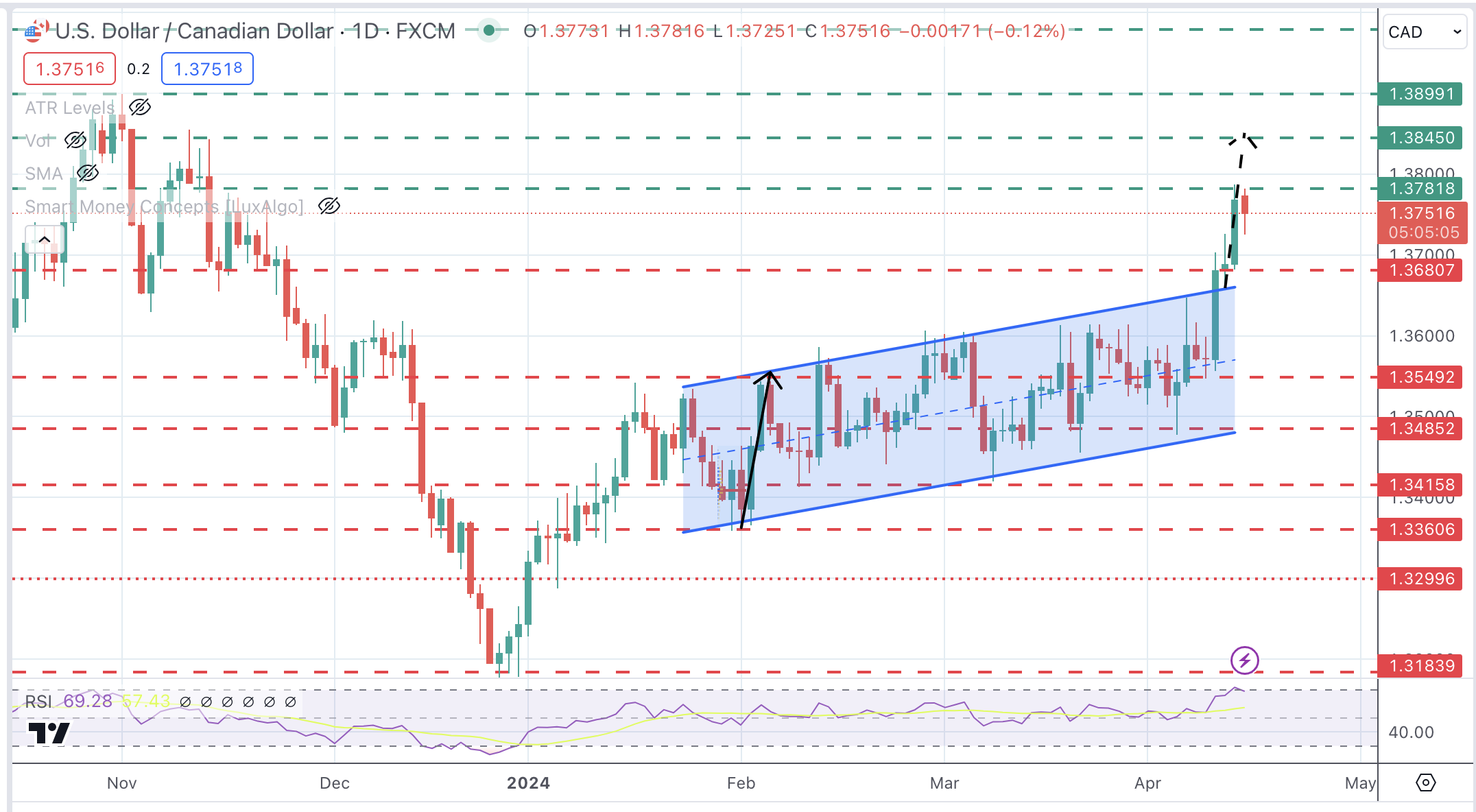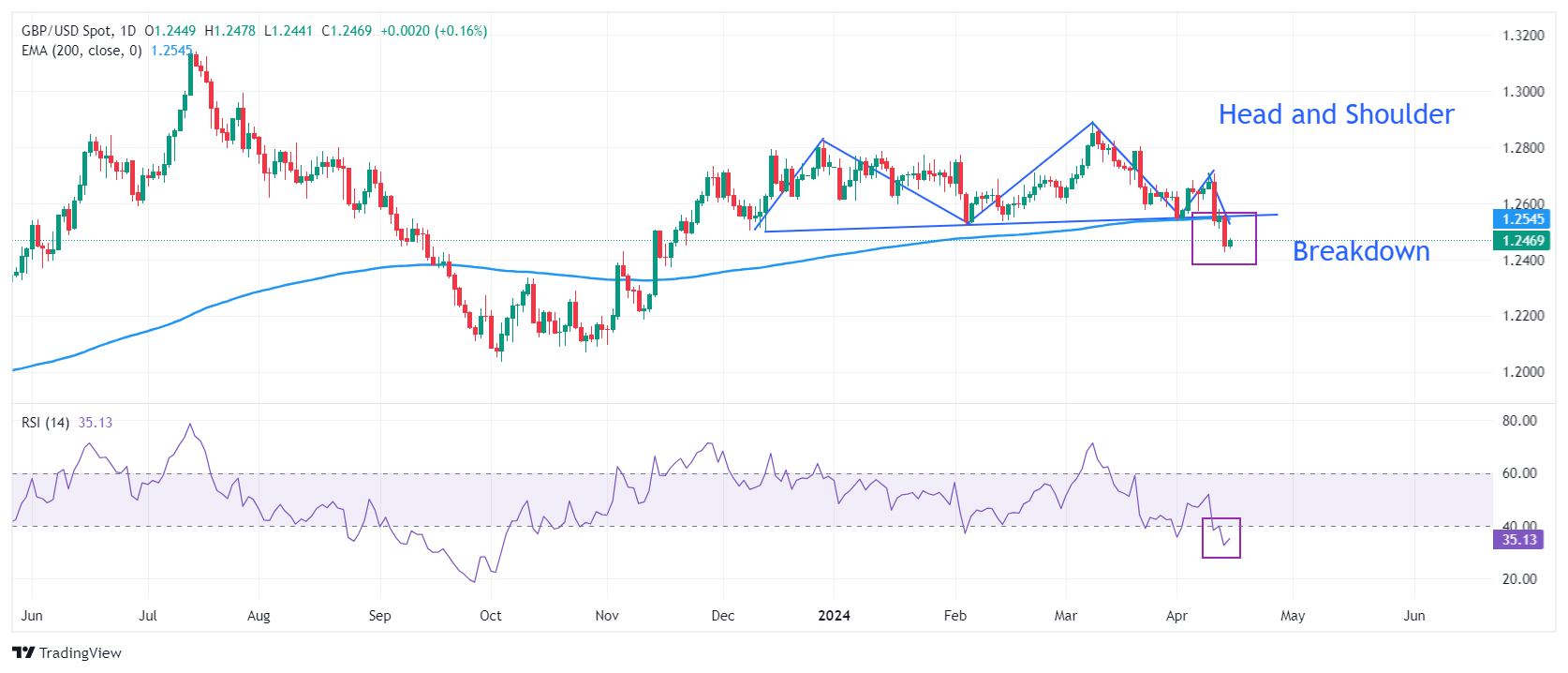Picture, if you can, a world in which gold circulates as the medium of exchange. People pay for everything, from groceries to rent, in gold. Employers pay wages in gold. Productive enterprises borrow gold to finance everything from food production to constructing apartment buildings. In other words, picture a world where there’s abundant opportunities to earn a yield on gold and finance productive businesses in gold.
What Happened to Gold After the Gold Standard?
It is difficult to picture because it is so different from the world of 2021. In our world, the government first established a central bank in 1913, then prohibited gold ownership and voided all gold contract clauses in 1933. It finally severed the tie between gold and its official currency, in 1971. It decriminalized gold in 1975 but, by then, circulation of gold coins was a distant memory. Gold was intended to be no different than frozen orange juice and pork bellies, and less useful besides.
How Gold is Used Today – Speculation and Hoarding
Circulation once occurred spontaneously in the free market. But when the government makes it impossible for gold to circulate, then circulation is replaced by hoarding and speculative churn. Let’s discuss speculative churn first.
Post-Gold Standard Gold – Speculation
Speculative buying and selling of gold is not gold circulation. The gold is not even used to purchase goods, much less finance the production of goods. It is used as a betting chip in the Fed’s casino to win *sigh*more dollars.
Speculative gold changes hands whenever there is a price move. Which is every day. The new buyer does the same thing that the seller (the old buyer) did, he holds it waiting either for dollar gains or his stop-loss limit. This creates churn. Instead of the gold capital being used to finance businesses, it gets traded back and forth in zero-sum fashion — creating winners at the expense of losers.
The casino analogy is fitting, for the only real winner in this activity is the house (the entity which facilitates the trade). They are happy to keep raking in fees and covering the bid-ask spread. They could care less where gold trades, only that it trades.
Post-Gold Standard Gold – Hoarding
Hoarding is different than speculation. Hoarding gold is perfectly legitimate and occurs in a free market for money and credit. If we do not have the right to hold our money in our hand, then what do we have?
But what causes hoarding of gold? Hoarding happens when the interest rate is too low. If you don’t like the rate, you hold onto your gold instead of putting it at risk.
We live in a world where governments impose price controls on borrowing. They declare the interest rate to be zero. What would happen under a gold standard if the government imposed ZIRP? No one would take the risk of lending, without being paid interest. In lieu of lending gold to the banks, they would resort to the next best thing. In a word, they would begin hoarding gold, putting it under the mattress. Hoarding removes gold from circulation.
In a free-market gold standard, hoarding gold causes the interest rate to rise until it becomes attractive to lend gold again. In a government-imposed dollar standard, this cause-and-effect mechanism is purposefully absent. No amount of hoarding dollars will affect any changes in dollar interest rates.
Gold Under the Dollar Standard
Since the 1971 severing of gold and dollars, the price of gold has gone on a tear. It has been up and down quite a lot. The way a lighthouse goes up and down a lot. That is, it appears to be going up and down—when viewed from the deck of a ship that is slowly sinking and tossing in stormy seas.
It is really the dollar, which goes down and up, but steadily down over longer time frames. This is uncontroversial, as the dollar’s managers openly state their intention for 2% annual debasement. However, this does not stop people from speculating on the price of gold. Indeed, it encourages them to do so. Nor does it keep people from hoarding gold as protection against a falling and failing dollar.
Gold is not used to finance productive activity (other than by Monetary Metals), but rather as something on which to bet. Gold earns no yield (other than for Monetary Metals clients), but rather generates capital gains. A productive enterprise does not pay you some of its profits, for the privilege of using your gold (other than, well, you know). Instead, a new buyer pays you more of his dollars to take the asset off your hands, then you paid the seller (hopefully). You have more dollars, but the Fed is working hard to reduce their value.
Monetary System + Government Interference – Free Market = Failure
This system is failing, and the government’s actions described above are not the functions of a free market. The government is interfering in the market, gradually taking it over. Can there be any doubt, after 2008, that the government utterly dominates the interest rate markets (other than the gold interest rate market, run by Monetary Metals)?
So, yeah, it is tough to think what the halcyon days were like, before there was a Fed to centrally plan money and credit. Before the European central banks were leveraged to pay for the cost of marching millions of young men off to die in world wars. But please bear with us, anyway.
There was a time when gold was purchased not as a speculation. In fact, gold did not have a price, quoted in terms of some other form of currency or money. One did not hold gold on speculation that it would go up. Each currency was a unit, defined in gold. This was not a price, it was a standard size for deposits so that if person A had “$20” in bank A, and person B had “$20” in bank B, they knew it was the same amount of gold.
The Mechanics of a Gold Monetary System
The first question one should ask is: if consumers did not buy gold on speculation (or, indeed, buy gold at all), then how did the gold get into their hands so they could spend it? The answer is: their wages were paid in gold.
The second question: how did the gold get into the hands of the employers so they could pay wages? The answer is that employers earned gold by selling their products in exchange for gold.
This is a simple two-stage cycle. But even in this oversimplified model, we can see that consumers paid gold for goods and services, and businesses paid gold for wages.
It is more complicated than this, of course. A business must pay wages in advance of selling goods. And before it can pay wages, it must raise money to buy its buildings and equipment. So this leads to the third question: where did businesses get the gold to pay for its capital goods? The answer is: they borrowed it.
This adds some depth to our simple model. Businesses borrow gold to finance production. Once they are producing, then they receive gold as revenue. Businesses pay gold to workers. And consumers pay gold for the products they buy.
Where Does a Yield on Gold Come From?
The next question is: who lends the gold to businesses? The answer is: it is mostly lent by financial intermediaries. The most typical financial intermediary is a deposit-taking institution, such as a bank. Workers deposit part of their wages, in order to earn interest. The bank lends this out. The borrower pays interest, which enables the bank to pay interest to the savers.
Gold Denominated Debt Creates Demand for Gold
Interest is the only incentive to lend gold to a productive business. Businesses that borrow gold can pay wages in gold. And they must produce products to sell in exchange for gold, not for government scrip as they do today. In other words, a gold-borrowing business has real demand for gold. Today, we see this effect with dollar-borrowing businesses.
As an aside, this is why the dollar holds its value as well as it does. All businesses that have dollar-denominated debt—which is nearly all businesses—must produce as many goods as it takes, to generate enough gross dollar revenues that, after paying expenses, they have enough net dollar profits to cover their debt service costs. In other words, pay the dollar interest.
This demand for dollars should not be underestimated. Any business that borrows gold, instead of dollars, shifts its monetary demand to gold.
If gold is to circulate, there must be willing lenders of gold. And there are, at the right interest rate (as has been proven by Monetary Metals). They lend gold to businesses, to finance their production. These businesses can pay gold to suppliers and employees, and in turn those people can deposit their gold to earn interest, completing the cycle.
One might say “that’s great, that’s how it works in a functioning gold monetary system, but that system has been dead for 90 years. Can it be revived after so long?”
Reimagining The Gold Standard for Today
Even today, even after nearly a century, there are businesses who have a gold income. Conventional finance loads them up with a liability denominated in dollars. And the price volatility we discussed earlier is a scourge to gold companies. It is the biggest risk, and one they cannot control (other than to hedge, which adds costs, complexity, and risks of its own). Finance in gold solves this problem for them.
These companies are the fountainhead where the new gold standard will emerge. And there are many other businesses, for whom gold finance will be attractive.
It turns out that credit denominated in a stable unit—as opposed to one that’s falling (or rising) but with volatility—is advantageous for the borrower as well as the lender.
A Yield on Gold versus a Yield on Bitcoin
Compare and contrast to the recent news that a leading crypto company borrowed dollars to finance its growth. It did not borrow bitcoin, because bitcoin is expected to go up so much that it would be bankrupted. We suspect, though this has yet to be proven, that there would not be enough lenders. When speculators expect an asset to go up 10X, why should they care about earning a single-digit interest rate?
We emphasize lending to finance productive enterprise. This may be hard to visualize. It is a different thing than spending some of your gold or bitcoin, when it goes up in price. If an asset is chronically going up, then it is apparently a free-money machine. Suppose you need to pay for a $1,000 trip to London, then you just buy $500 worth of the asset. And wait for it to rise to $1,000.
This is really just the consumption of $500 of capital provided by the buyer. Far be it from us to say not to take the trade, if you can. Our point is this is not how a proper monetary system works. It is not a path forward to using that asset, be it bitcoin or gold, as money.
Why A Yield On Gold Matters
If we are interested in more than just a trade, if we are interested in the mechanism by which the participants in the economy begin to use a new currency (or old currency made new again), then we must ask if the merchant who sells flat screen TVs or food wants to be paid gold. Can the merchant pay its suppliers in gold? Flat screens and groceries are low-margin businesses, which means that most of their revenues goes right out the door, as cost of goods sold.
At best, merchants could keep a portion of their profits in gold or bitcoin. Say, 1 or 2%. But why would anyone want to mix a grocery business with a gold or bitcoin hedge fund?
Using a form of money as a medium of exchange is integrally tied to using it to finance production. And paying and earning interest is the key for people to lend their money to finance production.
In other words, this is why a yield on gold matters. A yield on gold is integral to using gold as money again. Which is to say, a yield on gold is integral to saving civilization from the destructive effects of the failing dollar system.
Additional Resources for Earning Interest on Gold
If you’d like to learn more about how to earn interest on gold with Monetary Metals, check out the following resources:
In this paper we look at how conventional gold holdings stack up to Monetary Metals Investments, which offer a Yield on Gold, Paid in Gold®. We compare retail coins, vault storage, the popular ETF – GLD, and mining stocks against Monetary Metals’ True Gold Leases.
The Case for Gold Yield in Investment Portfolios
Adding gold to a diversified portfolio of assets reduces volatility and increases returns. But how much and what about the ongoing costs? What changes when gold pays a yield? This paper answers those questions using data going back to 1972.
Full story here Are you the author? Previous post See more for Next postTags: Basic Reports,Blog,Featured,Gold Exchange Report,newsletter


























